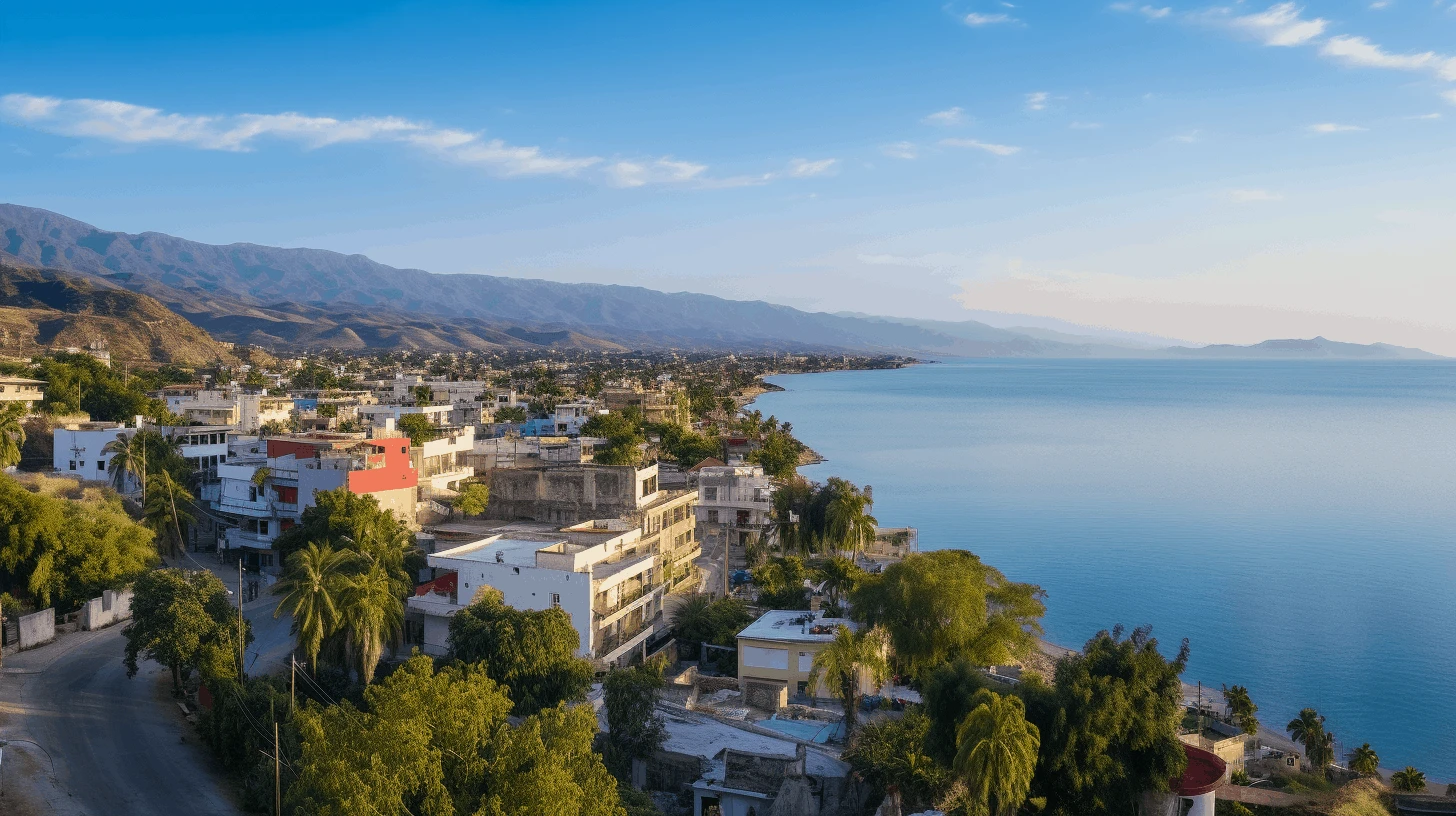
Prayer times in Timor-leste
4:19 PM • +09:00 GMT
Payer Times for Cities in Timor-leste
| City | Fajr | Sunrise | Dhuhr | Asr | Maghrib | Isha |
|---|---|---|---|---|---|---|
| Aileu | 05:06 | 06:23 | 12:42 | 16:08 | 19:00 | 20:13 |
| Baucau | 05:03 | 06:20 | 12:38 | 16:05 | 18:56 | 20:08 |
| Dili | 05:06 | 06:23 | 12:42 | 16:08 | 19:00 | 20:12 |
| Lospalos | 05:01 | 06:17 | 12:36 | 16:02 | 18:54 | 20:06 |
| Maliana | 05:07 | 06:24 | 12:43 | 16:10 | 19:02 | 20:14 |
| Manatuto | 05:05 | 06:22 | 12:40 | 16:07 | 18:58 | 20:10 |
| Maubara | 05:07 | 06:24 | 12:43 | 16:10 | 19:01 | 20:14 |
| Same | 05:06 | 06:23 | 12:42 | 16:08 | 19:01 | 20:13 |
| Suai | 04:06 | 05:23 | 11:43 | 15:09 | 18:03 | 19:15 |
| Viqueque | 05:03 | 06:19 | 12:38 | 16:05 | 18:57 | 20:10 |
Prayer Times of Others Cities in Timor-leste
About Timor-leste
Timor-Leste, also known as East Timor, is a Southeast Asian nation occupying half the island of Timor. It shares its border with Indonesia and is one of only two predominantly Christian nations in Southeast Asia, the other being the Philippines. The country was colonized by Portugal in the 16th century and later declared independence from Portugal in 1975. However, it was invaded by Indonesia shortly after and endured a turbulent period until it finally gained full sovereignty in 2002, becoming one of the newest nations of the 21st century. Dili, the capital, is the main hub, known for its vibrant markets, Portuguese-inspired architecture, and beautiful, sandy beaches. The official languages are Portuguese and Tetum, and the currency is the US dollar. The nation boasts an abundance of natural beauty, with stunning marine life, mountain ranges, and a biodiverse environment. The Nino Konis Santana National Park is a testament to this, offering a refuge for endangered birds and a wealth of marine biodiversity. Coffee forms a significant part of the economy, with Timor coffee gaining international recognition for its quality. Despite challenges in its recent history, Timor-Leste carries a deep sense of culture and tradition, seen in sacred houses adorned with hand-woven textiles, traditional music, dance, and the annual Festival of Culture.